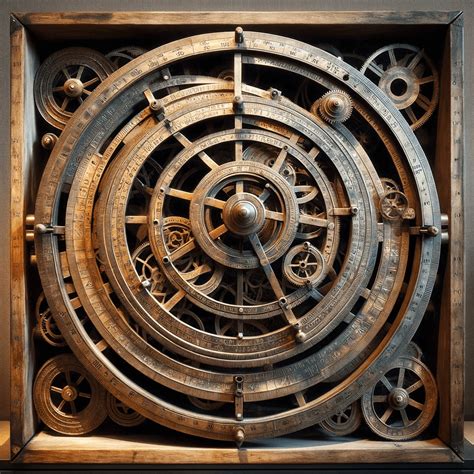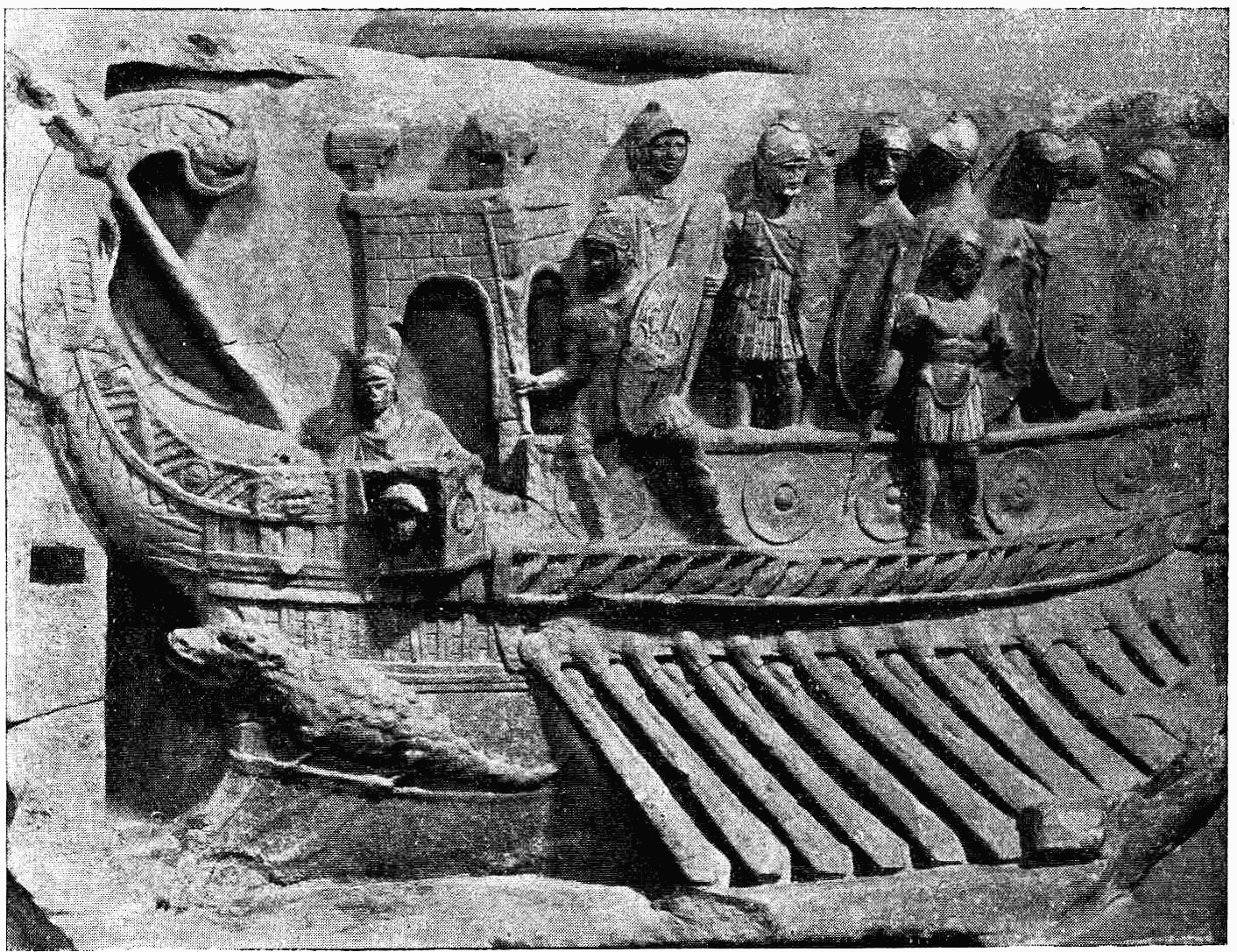
WEBINAR: Unlock the Power of Industrial CT Scanning
See Deeper. Solve Faster. Spend Smarter.
A 1/2 Hour That Could Reshape Your Inspection Strategy
Date: Wed June 18, 2025
Time: 11am Central Time
Location: Live Online Webinar

See Deeper. Solve Faster. Spend Smarter.
A 1/2 Hour That Could Reshape Your Inspection Strategy
Date: Wed June 18, 2025
Time: 11am Central Time
Location: Live Online Webinar
Explore the history of reverse engineering from ancient tools to modern CT scanning. See how Nel PreTech helps industries innovate with advanced 3D scanning services.

Usually, when someone mentions reverse engineering, the first things that come to our mind are modern industries, computer chips, or advanced manufacturing. Reverse engineering services have been closely associated with high-tech areas such as the aerospace, automotive, and medical fields in recent times.
However, the concept of reverse engineering was way older than the factories or digital models. Essentially, it has been intertwined with human development all along the history of mankind. Tracing back through time reveals that engineers have consistently employed reverse engineering to enhance their capabilities and move forward.
Long before the term "reverse engineering" was coined, humans had already been engaging in this practice. In the Stone Age, there were no factories that produced tools in large quantities. By analyzing what others had already created, people figured out how to make hand axes, spears, and knives on their own.
Early humans implemented the pre-existing design and enhanced the creation of basic tools. As a result, they disseminated the tool-making skills not only among tribes but also across various regions. Essentially, they were unknowingly delivering the first incarnation of reverse engineering services.
The Egyptians are best known for their grand and awe-inspiring architecture, particularly the pyramids. The large structures of centuries-old times attracted visitors across the world who were not only amazed at the pyramids but also puzzled at how those huge buildings were constructed. The stones utilized were massive, the precision of the alignments was perfect, and the dimensions were incredible.

Historians say that the ancient builders from Greece and Rome probably took a very close look at the techniques used by the Egyptians. Although they did not learn all the secrets, they took quite a number of them to enhance their building practices. The architecture of these cultures drew elements from Egypt, not only in monuments, but also in the water systems. What they did was massive-scale reverse engineering.
Today, the same spirit of learning from existing designs continues. For example, Nel PreTech Corporation has reverse-engineered critical aerospace components using high-resolution CT scanning. We use this modern X-ray technology to capture precise digital models of parts that lack modern CAD documentation, or to identify flaws in additively manufactured aerospace parts. Read more about our aerospace scanning and reverse engineering services.
The Greeks had a thirst for knowledge. They looked into the sky, tested rudimentary machines, and made progress in medicine. A great deal of this was a result of examining the work of others. One example is the doctors of ancient Greece who took inspiration from the medical knowledge of the Egyptians. Greek geniuses such as Hero of Alexandria copied the water pump, gear, and lever inventions that had already been made and added new features to them.
One of the best examples of reverse engineering is the Antikythera mechanism, which some refer to as the world’s first computer. This instrument, found in a shipwreck, demonstrates the high perfection of gears that awes scientists of the present time. Even though the first creator of this machine may have been Greek, it is probable that descendants in different times tried to figure out its mechanism by disassembling the malfunctioned ones and duplicating the exposed parts.

The Romans were not only experts in every field but also incredibly talented when it came to taking other people's ideas and improving them. The amazing constructions of the Romans, like their roads, aqueducts, and concrete buildings, were not the result of their own inventions, but rather through learning what other cultures had already achieved. The Romans noticed, imitated, and enhanced.
In battles, the Romans frequently picked up on the lessons offered by their foes. While the Punic Wars were going on, they went all out in a rather brilliant move by seizing a ship of their adversaries, the Carthaginians. After tearing it apart and analyzing its design, Roman technicians were able to develop a fleet that matched that of their enemies in a short amount of time. This event is the most obvious case in history of the use of reverse engineering resulting in a victory of the armed forces.

That same concept plays out today in product lifecycle support. Nel PreTech Corporation has helped manufacturers recreate discontinued components by CT scanning worn parts, reverse engineering them into accurate 3D CAD models, and preparing them for re-manufacture. Often, a customer will come to us with a single surviving part with no drawings available. With 3D scanning technologies and advanced CAD software, we provide a full digital, production-ready model. See our case study on how reverse engineering solves obsolete part challenges.
Throughout the Middle Ages, different civilizations exchanged knowledge that eventually amalgamated and enriched the whole world. One sector in which the practice of reverse engineering was very prominent was timekeeping. It is thought that the introduction of mechanical clocks in Europe was an import of the Muslim world’s designs. The artisans who had access to these gadgets attempted to assemble their own copies; thus, they discovered the mysteries of the gears, weights, and escapements.
The Renaissance was a period that revived a deep interest in science, art, and engineering. Thinkers and innovators of this era, like Leonardo da Vinci, explored the world with curiosity and a desire to understand how things worked. Leonardo often studied machines by carefully taking them apart, examining each piece, and then sketching detailed drawings of their components. His notebooks are filled with studies of gears, pulleys, and experimental designs for machines, including those intended for flight.
Reverse engineering had become the core of the industrial expansion by the 18th and 19th centuries. Countries that were vying for dominance would often analyze the machines of their rivals. They did so by taking apart, replicating, and modifying textile machinery, steam engines, and locomotives. The two activities of industrial espionage and reverse engineering were frequently closely associated.

Reverse engineering was formalized more in the 20th and 21st centuries. In wartime, nations had a practice of examining the enemy's arms and equipment to achieve an advantage over them. Gradually, companies began to rely on this technique to imitate the rivals' products but also to find ways to enhance them. The fields of air, land, electronics, and even software were exposed to deep scrutiny.
Currently, organizations provide reverse engineering services to assist other companies in upgrading their products, reproducing old components, or generating digital production models. The engineers employ high-tech equipment such as 3D scanning, CT scanning, and CAD software to examine items down to the finest details.
At Nel PreTech, reverse engineering isn’t just about reproducing geometry. It’s about driving innovation. For example, we help companies improve their prototyping process with the use of blue light scanning, computed tomography, and 3D modeling. The accuracy of these digital models allows engineers to examine and enhance prototypes with fewer iterations. Explore more of our 3D scanning and reverse engineering applications.
Reverse Engineering as the Engine of Progress
When tracing the course of history, one trend is clear. The progress of society has always depended on the utilization of existing knowledge. The process remains constant no matter what: humans of the prehistoric era crafting raw tools, the Romans replicating ships, or contemporary businesses studying gadgets. We examine an item, understand its functioning, and then modify it for our own use.
It is not that human creativity is lessened because of this. In fact, disassembling the product just to understand how it works is often the source of innovation. A major source of human creativity is the process of reverse engineering.
Reverse engineering services may seem like a new business concept, but the use of these services has been occurring for ages. Societies from the Stone Age to the current era have been depending on this to understand, adjust, and flourish. Every era has its representatives, starting with pyramids and vessels, and even to clocks and computers.
Analyzing the past reverse engineering history taught us that it is not just a technical tool. It is an inherent human trait, a method of gaining knowledge from the environment. Since we are still innovating, reverse engineering will continue to be as vital as it was in ancient times; not only supporting us in improving the present but also in forming the future.
Contact the experts at Nel PreTech if you have a reverse engineering project that needs attention. We’re happy to help you innovate!

Chad is a Reverse Engineer and Designer at Nel Pretech Corporation. He is also an artist and a sculpture.

You'll find all the detailed service information you need in one brochure.
Download Brochure
Get a quote within 24-hours and keep your project on schedule.
Get a Quote
Our Nel PreTech engineers are ready to get started on your product challenges.
Ask an EngineerDownload the ultimate CT Scanning Buyer's Guide to improve understanding, time, and efficiency in your scanning needs. Over 50 Pages of useful data and case studies.
Download Now